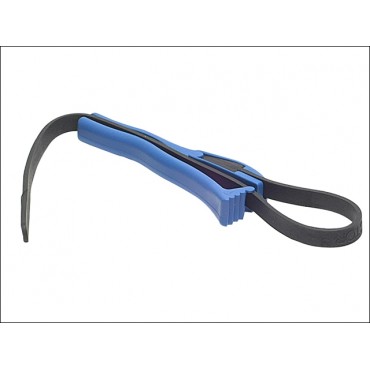
Colombian Rainbow Boa (Epicrates cenchria).Common Boa Constrictor (Boa constrictor imperator).Choosing the Right Boa Constrictor Species for You.We also encourage you to read our article on the common health problems in snakes. Small snakes can be fed every five to seven days, intermediate snakes every 10 to 14 days, and fully grown snakes every three to four weeks. How frequently should you feed your Boa? Young boas should be fed more frequently than adults. Give them one rodent at a time and never over-feed them. For example, a baby Boa should be fed newborn rodents, while an adult Boa will need a larger adult rodent. You'll want to choose a rodent that is about the size of your Boa. When choosing how much to feed them, the size matters. You can buy live mice, rats, guinea pigs or rabbits in your local pet store to feed them. So, when caring for them at home, we will have to provide them with a similar diet.

In the wild they eat a variety of rodents, or lagomorphs. What do Boas eat? Boas are carnivorous animals. Choose a large container where they can bath in and place it inside their terrarium. Now that you've finished adding the essentials, your terrarium is finally ready for your Boa Constrictor!įirst things first, our Boa will need fresh water at all times at their disposal. This water will need to be changed everyday or every other day. Water: lastly, you'll need to provide them with a small pool where they can bathe.These may also need to be replaced in the future. This is why adding large branches to their terrarium is a must. Branches: as we've previously mentioned, Boas are semi-arboreal snakes.The Boa might break some of these so we will need to fix them in the future. You can use a thick branch with a hole or an artificial hole. This is very important as they tend to hide in the wild and will feel safe there. Shelter: next, you'll need to provide them with a hiding spot.If you choose a different substrate, make sure to inform yourself on whether it is safe for your pet. Never use cedar as it's very harmful to Boas. Other options are coconut fiber and poplar. You can buy this on an online shop or your local pet store. The most recommended substrate for a Boa Constrictor is hemp. Substrate: your terrarium will need the correct substrate for your Boa.To do this you'll need to make sure you've provided them with the following factors: Once you've chosen the correct terrarium and climatized it for your snake, it's time to add the essentials for their living and wellbeing inside of the terrarium. We also encourage you to learn more about snakes by reading our articles on how snakes hear and how snakes move. They'll learn you are not a threat and won't bite you when you handle them. However, like we've mentioned, they will get used to being handled and stop reacting defensively. A bite from a young Boa will feel like a pin prick. They may hiss or strike when they are young but then they get used to being handled and react calmly. These snakes can be a great safe-to-keep and low-maintenance pet. Likewise, the Boa Constrictor also appreciates moving on the ground or in the water.


They are also semi-arboreal, since in the wild they spend much of the day resting on the branches of trees, a place that they also use to ambush their prey. The Boas Constrictor are solitary and twilight animals, meaning that they are snakes that carry out their activities at night. Their growth rate just slows down dramatically once they reach adulthood at three to five years. An interesting fact is that Boas actually never stop growing. Adult males typically reach 4 to 6 feet within the same amount of time. On average, females reach 6 to 7 feet within three to five years. They will take time and patience to care for. Therefore, you must be completely sure you can commit to this exotic pet. This way, you'll know their adult size and other useful information, such as their life expectancy.įirstly, captivated Boa Constrictor snakes can live for more than 20 years. To properly care for a boa constrictor, it will be important to previously consider the specific subspecies to which it belongs to.


 0 kommentar(er)
0 kommentar(er)
